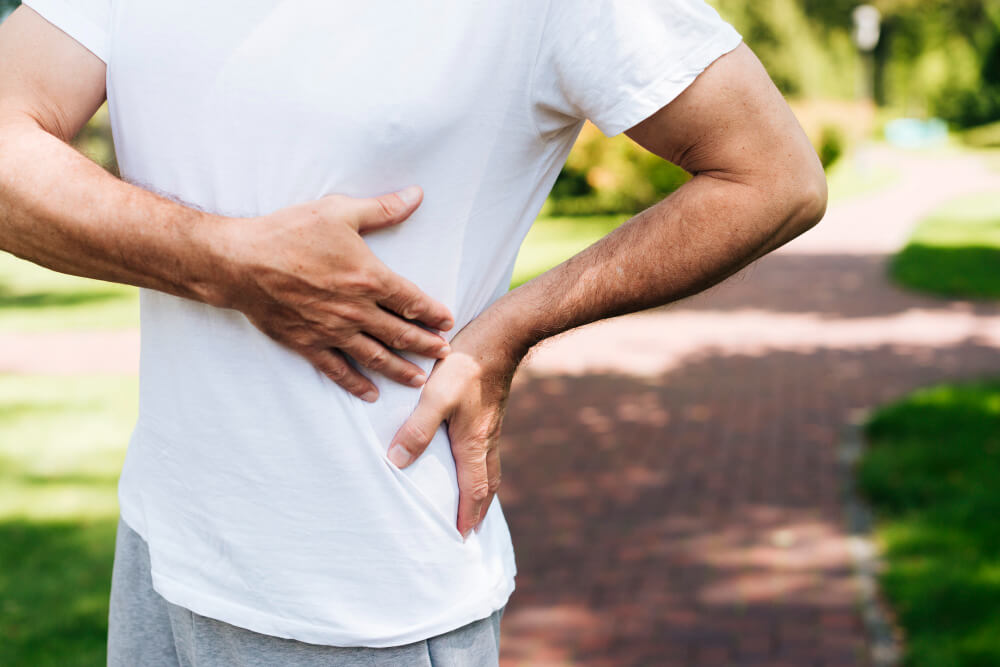The hip joint, a marvel of biomechanics, allows us to walk, run, climb, and navigate our world with ease. But when hip pain strikes, even the simplest movements can become a challenge. This article delves into the world of hip care, exploring the expertise of orthopedic surgeons in helping you achieve a pain-free, mobile life.
Demystifying the Hip: A Ball-and-Socket Wonder
The hip joint is a ball-and-socket articulation where the upper end (ball) of the thigh bone (femur) meets the cup-shaped socket (acetabulum) of the pelvis. This joint is surrounded by muscles, ligaments, tendons, and a fluid-filled sac (bursa) that work together to provide stability, flexibility, and smooth movement.
However, this complex structure is susceptible to wear and tear, injuries, and imbalances. These can disrupt the delicate mechanics of the hip, leading to pain and limitations in movement.
Beyond Arthritis: A Spectrum of Hip Pain Causes
Hip arthritis, a degenerative condition affecting the joint cartilage, is a frequent cause of hip pain, especially in older adults. But the spectrum of hip pain is much broader. Here’s a glimpse at some of the culprits:
- Arthritis: Osteoarthritis (wear-and-tear) and rheumatoid arthritis (autoimmune disease) can damage the cartilage lining the hip joint, causing pain, stiffness, and reduced range of motion.
- Muscle Strains, Sprains, and Tears: Overuse, trauma, or sudden movements can strain or tear muscles, tendons, or ligaments surrounding the hip, resulting in pain and weakness.
- Bursitis: Inflammation of the bursa, a fluid-filled sac cushioning the bony prominences near the hip joint, can lead to pain and tenderness.
- Labral Tears: The labrum, a ring of cartilage lining the hip socket, can tear due to injury or overuse, causing pain and catching sensations in the hip.
- Hip Impingement: Abnormal bone development or repetitive movements can cause bones in the hip joint to rub against each other, leading to pain and stiffness.
- Hip Fractures: Falls or high-impact injuries can fracture the bones of the hip, especially in older adults with weakened bones.
Referred Pain: Pain from other conditions, such as lower back problems, can sometimes manifest in the hip area.
Unraveling the Mystery: The Diagnostic Process
Accurate diagnosis is essential for creating an effective treatment plan for hip pain. Your orthopedic surgeon will use a combination of approaches to pinpoint the cause of your discomfort. Here’s what you can expect:
- Detailed Medical History: Your doctor will discuss your symptoms, including their onset, severity, location, and any aggravating or relieving factors. They will also inquire about your medical history and any past injuries related to your hip.
- Physical Examination: A thorough physical examination will assess your hip’s range of motion, tenderness, strength, and stability. Special tests may be performed to pinpoint specific structures causing pain.
- Imaging Tests: X-rays, MRIs, or ultrasounds may be ordered to visualize bones, soft tissues, and the joint in detail, helping to confirm the diagnosis.
In some cases, additional tests like bone density scans or joint injections may be needed depending on the suspected cause of your hip pain.
Charting Your Path to Recovery: Treatment Options
Once the source of your hip pain is identified, your orthopedic surgeon will work with you to develop a personalized treatment plan. The goal is to address the underlying problem, alleviate pain, improve function, and prevent future complications. Treatment options can range from conservative approaches to surgical intervention, depending on the severity and nature of your condition. Here are some possibilities:
- Non-surgical Treatment:
- Rest and Activity Modification: Reducing activities that aggravate pain allows the hip joint to heal and recover.
- Physical Therapy: Rehabilitation exercises play a crucial role in strengthening muscles, improving flexibility, and restoring proper mechanics around the hip joint.
- Medication: Pain relievers, anti-inflammatory drugs, or steroid injections may be used to manage pain and inflammation.
- Assistive Devices: A cane or walking stick can provide support and reduce stress on the hip joint during daily activities.
- Weight Management: Maintaining a healthy weight can significantly reduce stress on the hip joint.
- Surgical Intervention: If non-surgical options fail to provide adequate relief, surgery may be considered. Here are some possibilities:
- Arthroscopy: A minimally invasive procedure using a small camera to visualize the inside of the joint and repair damage such as torn labrum or remove inflamed bursa tissue.


